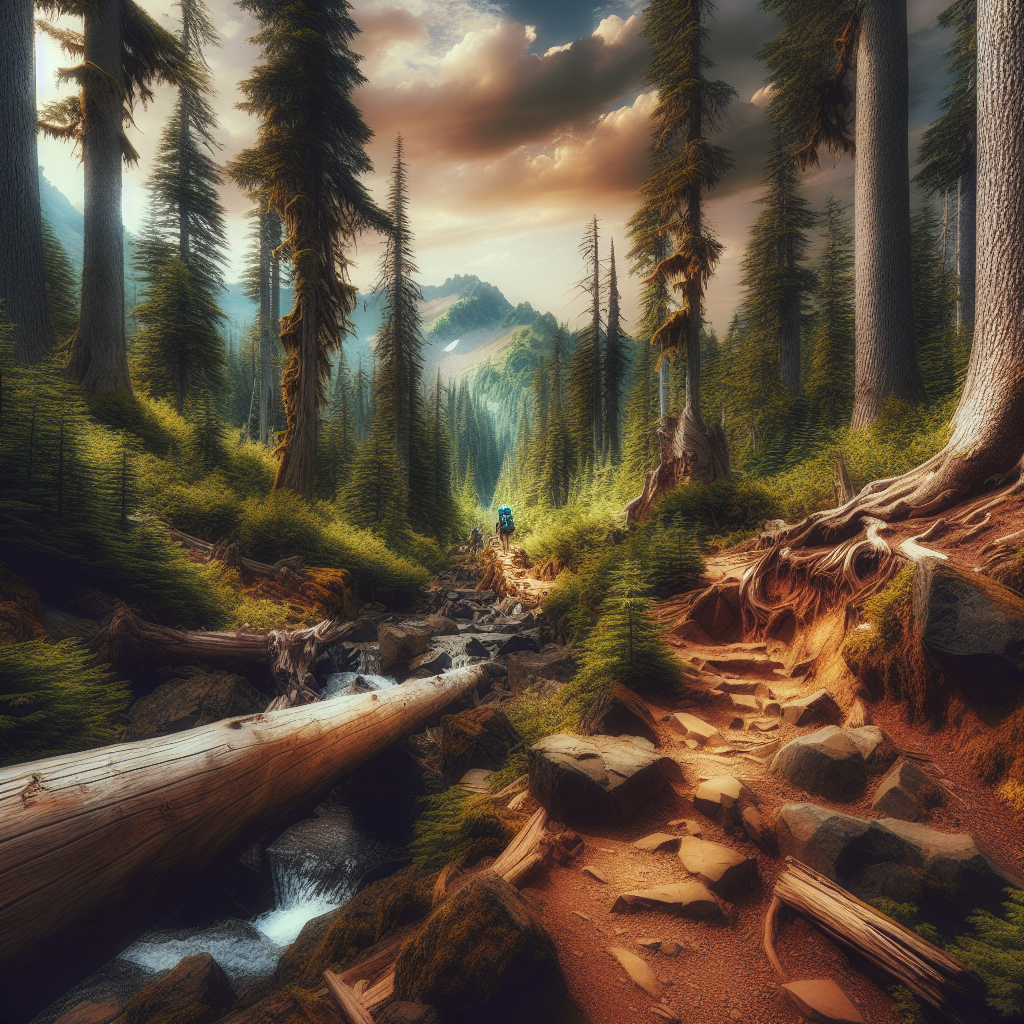Title: Unveiling the Splendors of Oregon: Your Backpacking Guide to the Pacific Crest Trail
Understanding the Oregon Section of the Pacific Crest Trail
Nowhere in the world is there a better place to witness the blend of natural beauty and astounding wilderness than the Oregon section of the Pacific Crest Trail (PCT). Stretching approximately 460 remarkable miles through old-growth forests, along crystal-clear rivers and over towering mountain ranges, the PCT in Oregon offers backpackers a breathtaking panorama that celebrates Oregon’s diverse landscapes.
Getting Started
Embarking on this trail is not simply lacing up your boot and striding into the wilderness. The journey requires meticulous planning. Don’t forget to pick up maps and trail guides from local bookstores like Powell’s in downtown Portland, the largest independent bookstore worldwide. Their Travel section is a gold mine of resources for PCT travelers. Plus, you’re supporting a local Oregon business!
Begin registering for permits in early February. The Pacific Northwest has a considerable bear population, so carry bear-proof food containers for the increased safety of both you and the wildlife.

Know the Trail Season
For those familiar with the Oregon weather, it’s no secret that timing is key when planning a hike. The ideal window for backpacking the PCT is from late June to early October, dodging the heavy snows in the Cascades. However, be prepared for the weather to flip in the blink of eye. Coastal weather is notoriously fickle; afternoon storms can roll in quickly with little warning.
Best Stops Along the Trail
While a true PCT trip covers the length of the state, there are segments that simply can’t be missed. The area around Mount Hood offers not only breathtaking views, but the Timberline Lodge, a gem of Oregon history and architecture, is worth a detour. Oregon’s highest point, its luxurious handcrafted decor and delicious local cuisine create a much-needed oasis for tired hikers.
The Three Sisters Wilderness is another must-explore. With more than 260 miles of trail, this area offers an exquisite display of volcanic peaks, wildflower-strewn meadows, and glowing alpine lakes. For a post-hike beer, Bend, located just east of this region, boasts more breweries per capita than any other city in Oregon.
Camping Along the Way
In Oregon, camping is part of the journey. However, avoid camping near meadows or water sources to protect the fragile eco-system. The Oregonians are highly protective of their environment, so always adhere to Leave No Trace principles!
One favorite camping spot by those in the know is at Jefferson Park, where a sea of wildflowers in summer frames jaw-dropping views of Mount Jefferson. Note that it’s a popular spot – arrive early to grab the best camping spots.
Facing the Challenges
The PCT is not without its challenges and it’s worth taking a moment to be aware of some potential difficulties. The mosquitoes in Oregon’s central region from mid-June to late July can be relentless. Many a backpacker has found their journey less joyous due to these pests. Pack a good quality bug repellent and a head net can come in handy.
Always remember that river crossings can be treacherous, particularly in early summer when the snowmelt is at its peak. Self-rescue skills and understanding river dynamics is crucial, as even familiar rivers like the Sandy or White can present unexpected challenges.
Closing Thoughts
Backpacking the Oregon section of the Pacific Crest Trail is a transformative journey, a chance to immerse oneself in what makes the Beaver State special. Remember that it’s not just the destination, but also the journey that counts. Take your time to absorb the Oregonian wilds, breathe that Pacific Northwest air, and savor each moment on the trail.
Happy backpacking, and remember, these are the kind of trails where Oregon locals will surely nod at you in recognition – not only as a fellow traveler, but as someone who’s come to appreciate the true beauty and spirit of our great state.
